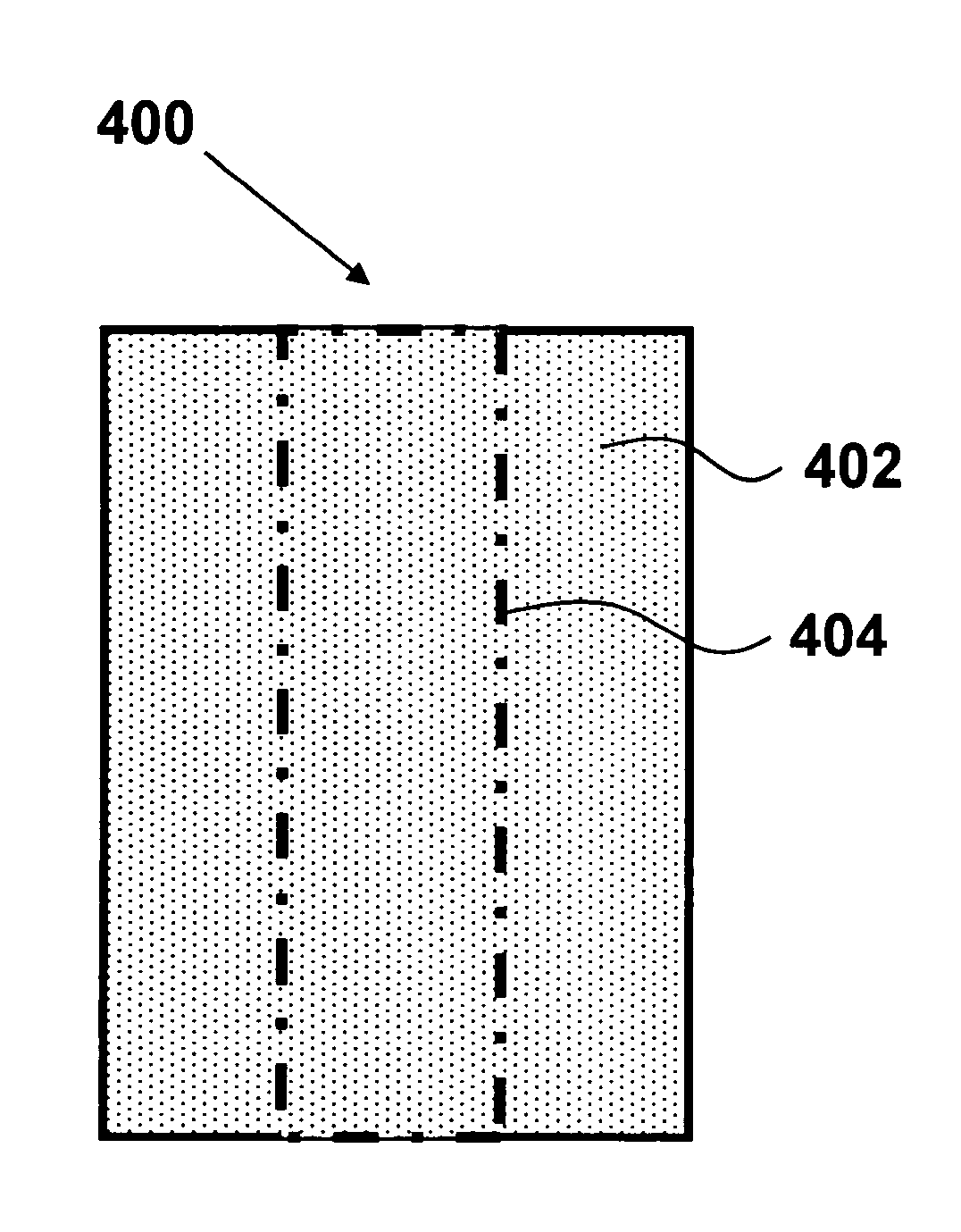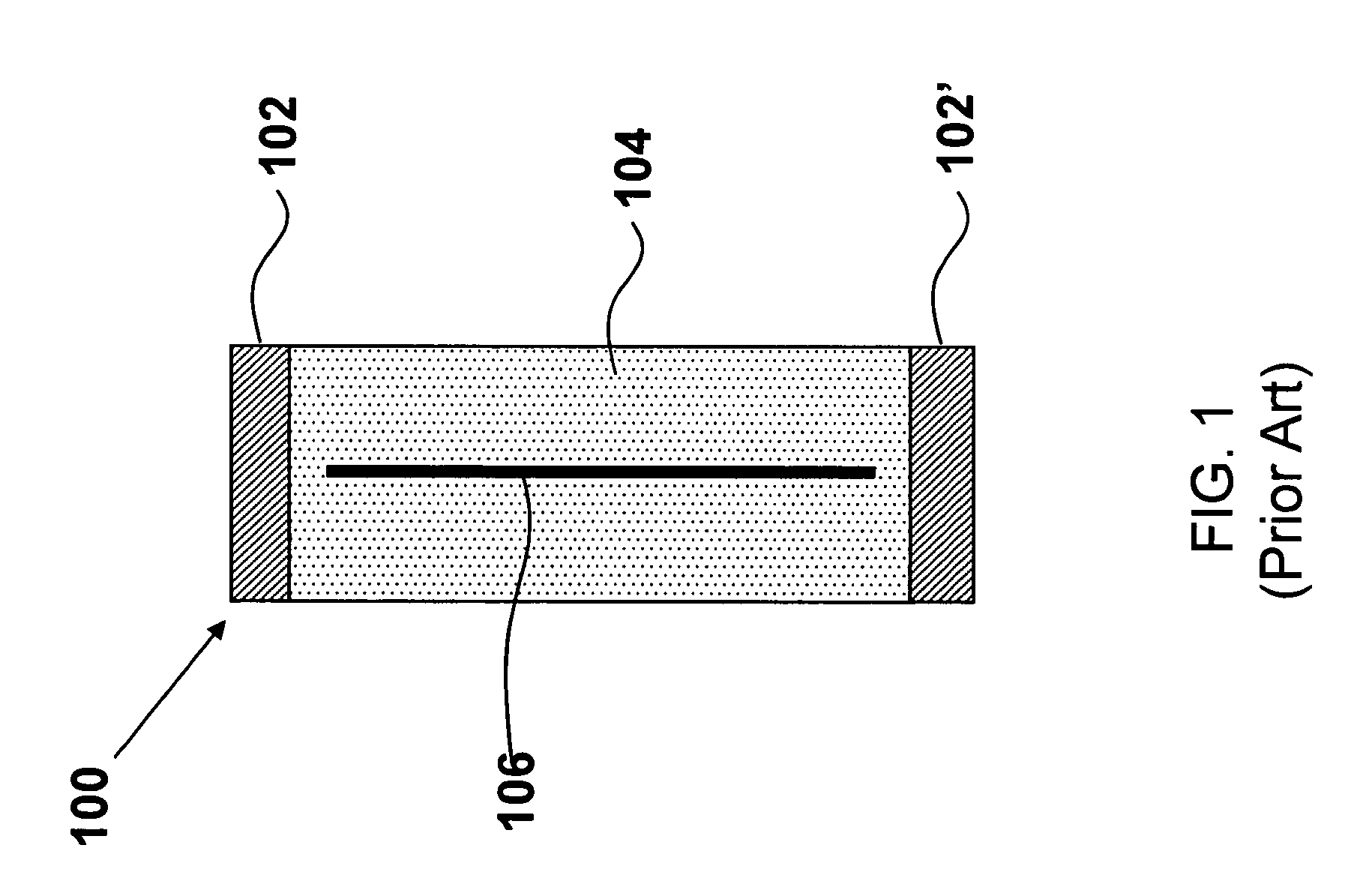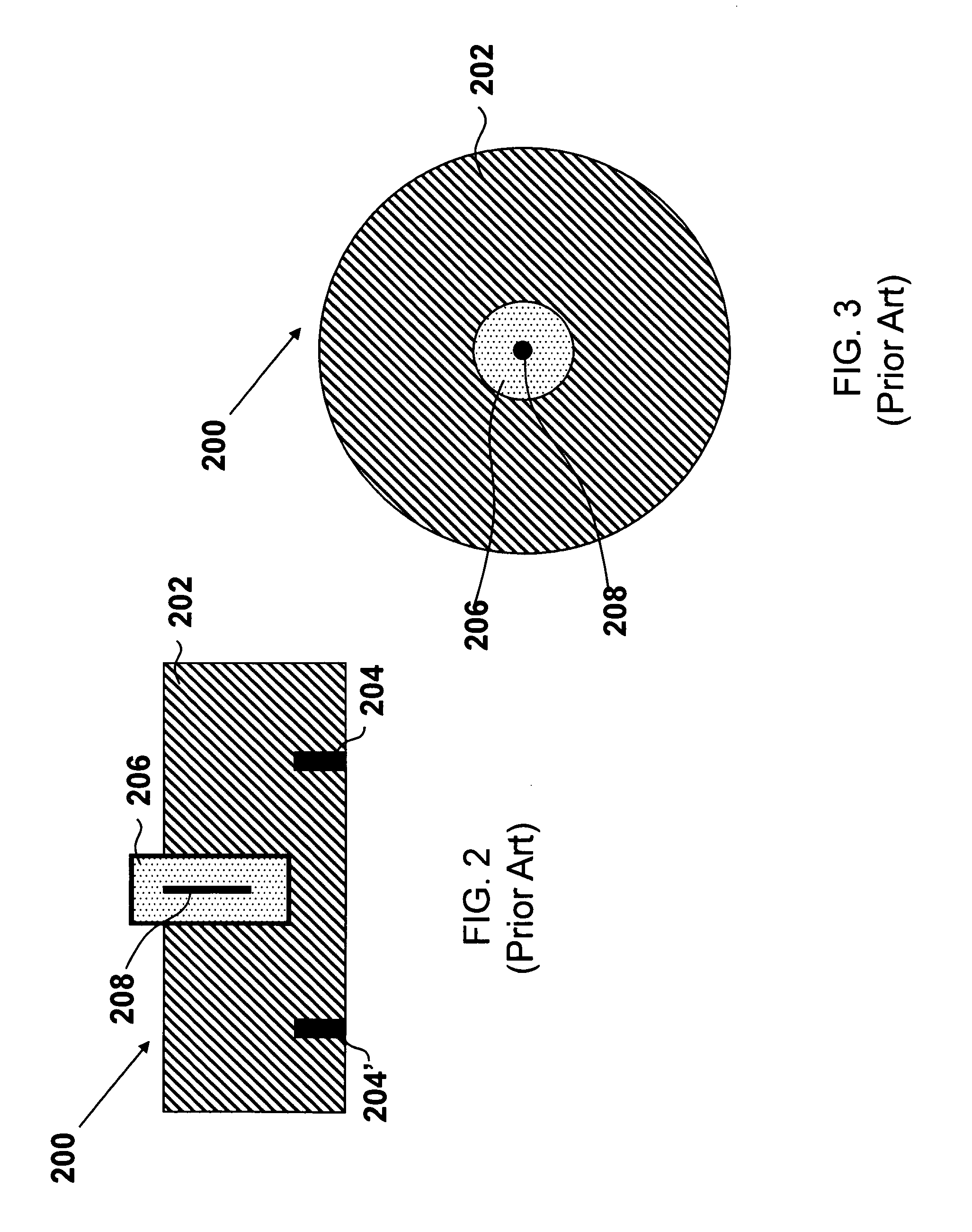Coaxial waveguide electrodeless lamp
a technology of electrodeless lamps and waveguides, which is applied in the direction of gas-filled discharge tubes, magnetic discharge control, structural circuit elements, etc., can solve the problems of limited lifetime, limited range of noble gas and metal halide salts that can be used, and electrode deterioration, so as to achieve the effect of optimizing rf-electrical properties
- Summary
- Abstract
- Description
- Claims
- Application Information
AI Technical Summary
Benefits of technology
Problems solved by technology
Method used
Image
Examples
Embodiment Construction
[0063]The present invention relates to devices and methods for generating light and, more particularly, to the field of electrodeless lamps. Further, the present invention relates to lamps driven by a radio-frequency source without the use of internal electrodes. The following description is presented to enable one of ordinary skill in the art to make and use the invention and to incorporate it in the context of particular applications. Various modifications, as well as a variety of uses in different applications will be readily apparent to those skilled in the art, and the general principles defined herein may be applied to a wide range of embodiments. Thus, the present invention is not intended to be limited to the embodiments presented, but is to be accorded the widest scope consistent with the principles and novel features disclosed herein.
[0064]In the following detailed description, numerous specific details are set forth in order to provide a more thorough understanding of the...
PUM
 Login to View More
Login to View More Abstract
Description
Claims
Application Information
 Login to View More
Login to View More - R&D
- Intellectual Property
- Life Sciences
- Materials
- Tech Scout
- Unparalleled Data Quality
- Higher Quality Content
- 60% Fewer Hallucinations
Browse by: Latest US Patents, China's latest patents, Technical Efficacy Thesaurus, Application Domain, Technology Topic, Popular Technical Reports.
© 2025 PatSnap. All rights reserved.Legal|Privacy policy|Modern Slavery Act Transparency Statement|Sitemap|About US| Contact US: help@patsnap.com



